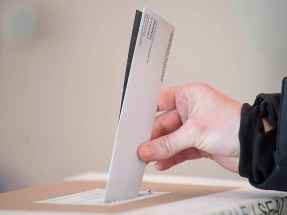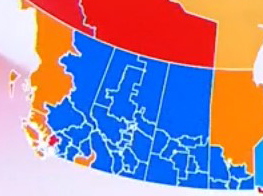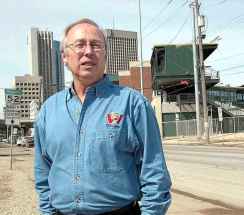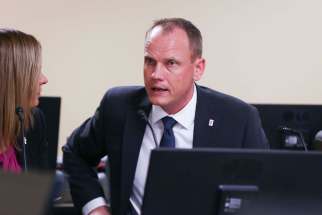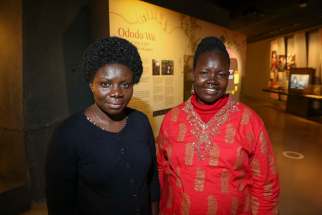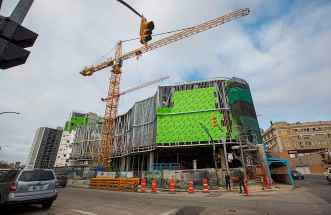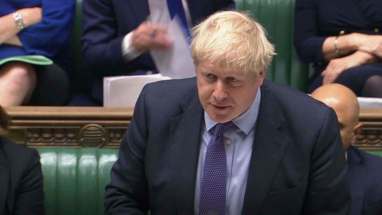‘A snapping back’ Traditional Manitoba voting patterns return as enthusiasm wanes for Trudeau's 'sunny ways'
Read this article for free:
or
Already have an account? Log in here »
To continue reading, please subscribe:
Monthly Digital Subscription
$0 for the first 4 weeks*
- Enjoy unlimited reading on winnipegfreepress.com
- Read the E-Edition, our digital replica newspaper
- Access News Break, our award-winning app
- Play interactive puzzles
*No charge for 4 weeks then price increases to the regular rate of $19.00 plus GST every four weeks. Offer available to new and qualified returning subscribers only. Cancel any time.
Monthly Digital Subscription
$4.75/week*
- Enjoy unlimited reading on winnipegfreepress.com
- Read the E-Edition, our digital replica newspaper
- Access News Break, our award-winning app
- Play interactive puzzles
*Billed as $19 plus GST every four weeks. Cancel any time.
To continue reading, please subscribe:
Add Free Press access to your Brandon Sun subscription for only an additional
$1 for the first 4 weeks*
*Your next subscription payment will increase by $1.00 and you will be charged $16.99 plus GST for four weeks. After four weeks, your payment will increase to $23.99 plus GST every four weeks.
Read unlimited articles for free today:
or
Already have an account? Log in here »
Hey there, time traveller!
This article was published 22/10/2019 (2247 days ago), so information in it may no longer be current.
The Liberal party performed worse, and every other party performed better, in every riding in Manitoba in this year’s federal election compared to the results in 2015.
Not only did it lose three seats in Winnipeg — two to the Conservatives and one to the NDP — but across the board, there was not a single Liberal candidate who received as much or more support than the candidate who ran in their riding in the previous election, when Justin Trudeau’s popularity was at its peak and he led the party into a majority government.
Liberal candidates in Manitoba saw an average decrease of 18,19 per cent compared to the results four years ago.
“(The previous election) was very much like the Trudeaumania of 1968 (for Pierre Elliott Trudeau),” said Christopher Adams, a political science professor at the University of Manitoba. “What we’ve now seen is a snapping back to the traditional geographic patterns.”
In 2015, the Liberals were able to gain seats in Charleswood-St. James-Assiniboia-Headingley, Winnipeg Centre and Kildonan-St. Paul. But now Doug Eyolfson, Robert-Falcon Ouellette and MaryAnn Mihychuk, respectively, have been ousted after just one term.
And the Grits who were able to retain their seats did so despite a significant decrease in support at the polls. Winnipeg North’s Kevin Lamoureux had the highest percentage of voters in 2015, with 68.9 per cent; his share of the vote slipped dramatically to 46.2 per cent Monday night.
The drop was largely expected, Adams said, and it matches a general increase in antipathy toward the Liberals across the Prairies. Conservative candidates swept all 14 seats in Saskatchewan. The Tories won 33 of 34 seats in Alberta; the NDP won one seat in Edmonton.
While the Liberals may have been disappointed with the results in Manitoba, the party fared much better here than it did to the west.
Every Manitoba candidate running under the the Conservative, NDP and Green banners outperformed their parties’ candidates in 2015.

Conservative support in rural strongholds grew as well.
Portage-Lisgar incumbent Candice Bergen won Monday with 71 per cent of the vote Monday. She received a commanding 60.8 per cent of the vote in 2015. Liberal Ken Werbiski, who had finished with 25.79 per cent in the previous election, plunged to about 11 per cent this time.
The largest decline in Liberal support came in Brandon-Souris, where Conservative Larry Maguire was re-elected with 63.5 per cent of the vote, improving on 2015, when he received about half the votes cast.
The NDP held on to its lone rural seat in Churchill-Keewatinook Aski with a greater proportion of the vote, giving Niki Ashton a fifth term. Liberal Judy Klassen, who abandoned the provincial Liberal caucus to run federally, was unable to maintain her party’s momentum from 2015, when Rebecca Chartrand nearly knocked Ashton out of office. Even in Churchill, the Conservatives saw a significant spike in support.
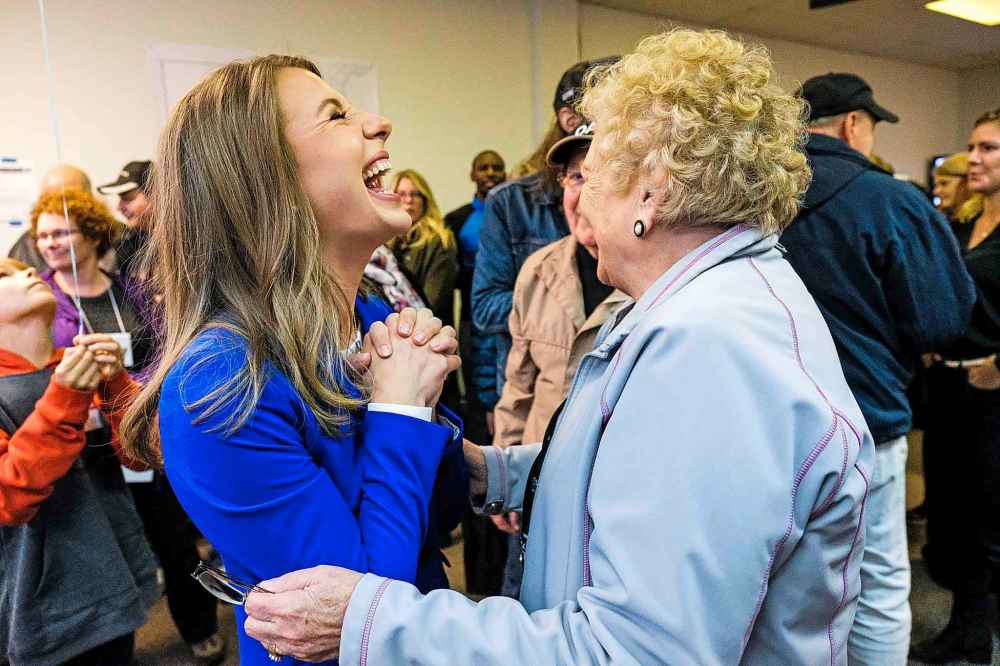
Ultimately, despite taking two Winnipeg seats, the Conservatives saw only marginal increases in support in in the capital region’s eight ridings. Marty Morantz fared slightly better than Steven Fletcher did in Charleswood-St. James-Assiniboia-Headingley in 2015, but it was enough to beat Eyolfson. Ditto in Kildonan-St. Paul, where a small increase in vote percentage made a big difference for first-time candidate Raquel Dancho.
Adams said that the province’s voter turnout of 63.8 per cent was likely a key factor in the drop in Liberal support. Four years ago, the Trudeau enthusiasm enabled the party to gain footing in ridings traditionally held by others.
“I thought (2015) was an anomaly, and the question was if it could continue this year,” Adams said. “What we’ve seen is a snapping back to the traditional geographic patterns.”
ben.waldman@freepress.mb.ca

Ben Waldman covers a little bit of everything for the Free Press.
Our newsroom depends on a growing audience of readers to power our journalism. If you are not a paid reader, please consider becoming a subscriber.
Our newsroom depends on its audience of readers to power our journalism. Thank you for your support.

